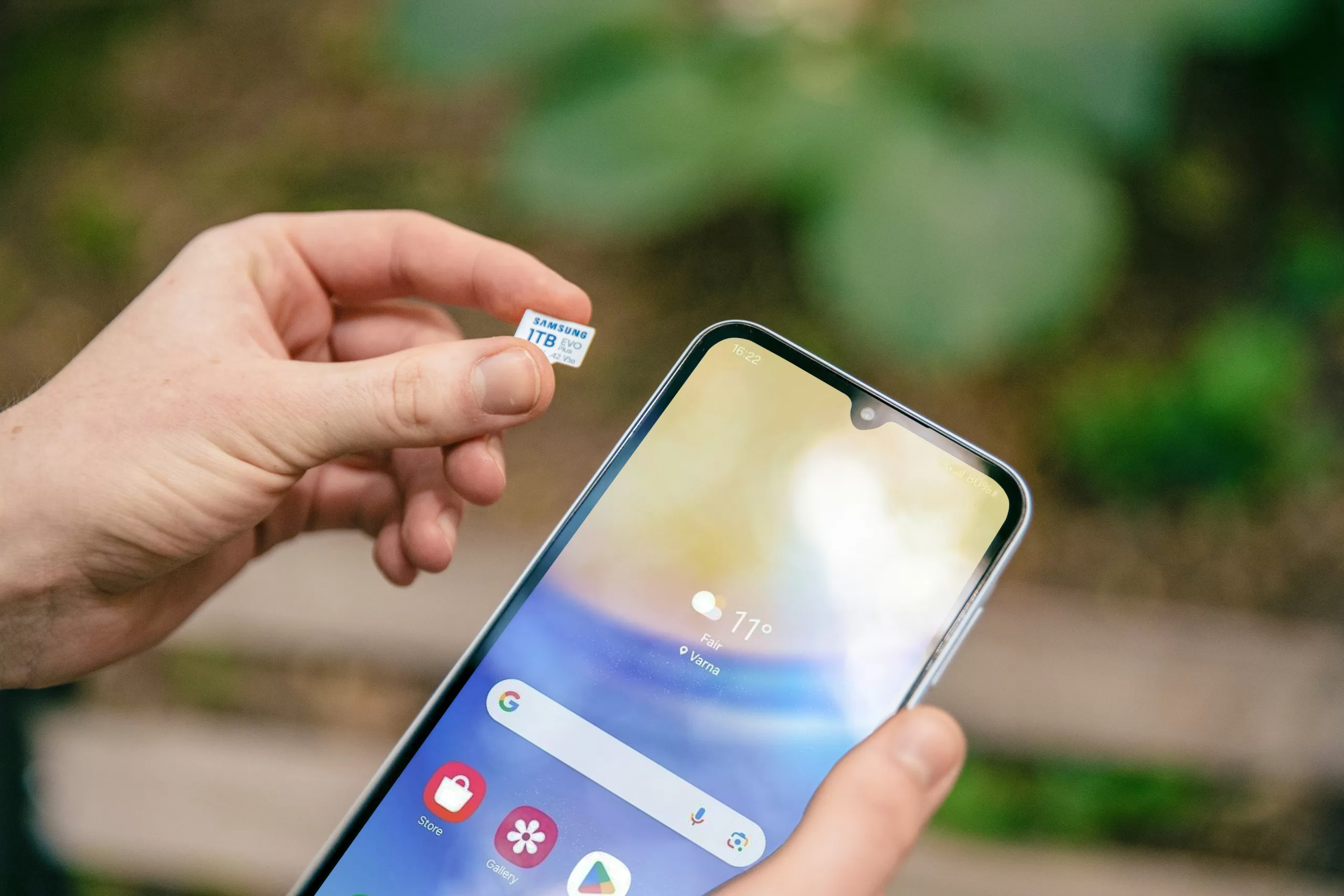Welcome to our device storage guide—your go-to resource for figuring out how much space you really need on a phone, tablet, or laptop.
Device storage might not be the flashiest tech topic, but it’s one of the most important. It affects how many apps you can run, how many photos and files you can save, and how smoothly your device performs day to day.
Too little storage can slow things down and leave you scrambling to free up space. Too much, and you may be paying for capacity you’ll never use. So, how do you figure out how much storage is just right?
In this device storage guide, we’ll cover what storage sizes mean and how to avoid running out of space.
What Is Device Storage?
Device storage is the internal space where your files, apps, photos, and system data live. When you run out, you might notice sluggish performance, app errors, or find yourself deleting old files just to save new ones.
There are two main types of storage:
- Internal storage – Built into the device and typically faster. This is where your operating system and most of your data live.
- External storage – Think SD cards, USB drives, or external hard drives. These add extra space and flexibility, though often slower than internal options.
Different devices come with different storage capacities:
- Smartphones – Usually range from 64GB to 1TB. iPhones don’t support SD cards, but many Android devices do.
- Tablets – Typically 32GB to 256GB, sometimes with expansion slots.
- Laptops – Start around 128GB and can go well beyond 1TB.
- Desktops – Often come with 1TB+ of space and are easy to upgrade.
How Much Storage Do You Actually Need?
Your ideal storage depends on how you use your device. Use this device storage guide to make the right choice when buying a new device:
- Basic Users (64GB+): If your needs are fairly simple — browsing, email, social media, and light app use — 64GB is often enough. You’ll need to stay on top of space, but it’s manageable.
- Average Users (128–256GB): This is the sweet spot for most people. If you take a lot of photos, use a variety of apps, and stream some media, 128GB or 256GB will give you plenty of room.
- Power Users (512GB+): If you edit videos, download large games, or manage a big photo library, you’ll benefit from 512GB or more.
- Professional Users (1TB+): For creative professionals working with 4K video, large design files, or complex data sets, 1TB (or more) provides the breathing room you need.
What Uses the Most Storage?
Some types of data eat through space faster than others:
- Video files – Especially 4K or high frame rate content, which can take up several GB per hour.
- Photos – High-res images may seem small, but they add up fast.
- Games – Many modern games exceed 100GB in size.
- Apps – Most are fairly small, but creative tools or business software can be large.
How to Manage Storage More Effectively
If your device is always full, there are a few ways to reclaim space:
- Use cloud storage – Services like Google Drive, Dropbox, and iCloud let you store files off-device.
- Delete unused apps – You’d be surprised how much space these can take up.
- Clear app caches – Many apps store temporary files that can be removed safely.
- Stream instead of download – Especially for music, films, and podcasts.
According to recent stats, over 65% of users now rely on cloud storage as their main way of managing files — and it’s easy to see why.
What to Do If You’re Out of Space
If your device is maxed out, you’ve got options:
- External storage – Add a USB drive, SD card, or external SSD.
- Cloud services – Move larger or rarely used files off your device.
- Device upgrade – If you’re constantly running out of space, your next device should offer more built-in storage.
Choosing the Right Storage When Buying New Tech
Before you buy a new phone, tablet, or laptop, think about:
- How many photos and videos you take
- How many apps you typically install
- Whether you work with large files or creative software
If you’re unsure, it’s always better to go slightly higher than you think you’ll need. Storage needs tend to grow over time, not shrink. Check out more smart device tips here
Still not sure what to go for? We’re happy to help you choose the right device and storage setup for your needs — just get in touch.
Article used with permission from The Technology Press.


Comments are closed